
What is a meat emulsion?
The meat emulsion is a structure composed of water, fat, ground meat (finely cut), salt, phosphate, and may also include other products of animal and/or vegetable origin, such as powdered milk, whey, sodium caseinate and/or potassium, soy derivatives (isolate, concentrate or flour), blood plasma, cereal starches, starches, among others. The emulsion is a complex with a discontinuous phase (fat), a continuous phase (water) and an emulsifying agent (protein). The fat particles are suspended in an aqueous matrix that is trapped by soluble proteins (mainly actin, myosin and myoglobin) and in which final stabilization is achieved through the formation of gels.
The parameter that must be taken into consideration is the stability of this emulsion, which must be maintained during all stages of processing. We list below the factors influencing the stability of the emulsion.
Quality of raw materials in meat emulsion
Meat, as one of the main components, can be used immediately after slaughter (before the rigor mortis period, it has more emulsifying capacity than in the post-rigor mortis phase). This is due to the fact that, in the initial phase of muscle transformation into meat, myosin (contractile protein) is more available, providing better binding and stabilization capabilities, something that is lost when the actomyosin complex is formed.
Meat emulsion formulation
To ensure that the equilibrium property in a meat emulsion is obtained, it is crucial to stipulate the appropriate proportion of the components. Water, meat, fat (between 15% and 20%), salt (from 1.5% to 2%) and phosphates (within the limits of the current standard). The mass obtained will be considered a colloidal system, which, depending on the concentrations in which the ingredients were used, will generate a certain degree of stability, which may or may not be accentuated with the use of other elements, such as, for example, proteins not meat (soy and/or milk).
Temperature in the meat emulsion
If the temperature of the meat emulsion exceeds 15°C during or after the meat grinding stage, it will rupture, causing the following effects:
- decrease in stability as viscosity decreases;
- grouping of fat droplets, which tends to increase their size;
- denaturation of proteins and reduction of their emulsifying capacity.
Ideal temperature for meat emulsion
- between 8°C and 13°C for pork emulsions;
- between 9°C and 12°C for mixtures with chicken meat;
- between 4°C and 7°C for dispersions in which beef is used, in order to avoid changes in technological, sensorial, nutritional characteristics and in terms of safety.
pH in meat emulsion
pH affects the stability of the meat emulsion due to its effect on proteins, which reach their maximum emulsification capacity when the pH is around neutrality. Taking into account the normal pH variation of meat products (5.8 to 6.2), the emulsifying capacity of meat proteins can increase with the use of some salts, whether used separately or in combination, thus improving their efficiency.
Viscosity in meat emulsion
The resistance of the meat emulsion to flow is related to the water retention capacity (CRA), the isoelectric point (pl) of the proteins, the salt concentration used and the amount of water added. It is important to mention that water is one of the most important components in the emulsification process as it acts as a solvent for sodium chloride, something necessary to solubilize proteins.
Equipment used in meat emulsion
When obtaining stable meat emulsions, the type of machinery to be used is a relevant factor, providing the mechanical action necessary to efficiently cut and mix the different components. It is necessary to reduce the particle size of the internal phase (fat) to be able to disperse it without problems in the continuous phase (water in solution with salts and meat protein) and result in a fine, homogeneous mass. Efficient equipment allows you to reduce processing time, generating less heat and maintaining maximum particle reduction capacity during the process.
-
 Curing salt 1R$ 8,00
Curing salt 1R$ 8,00 -
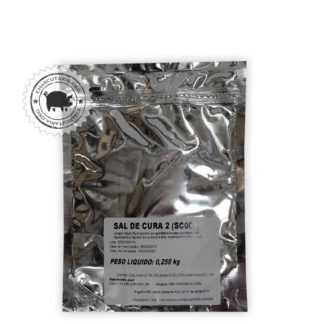 Curing salt 2R$ 8,00
Curing salt 2R$ 8,00 -
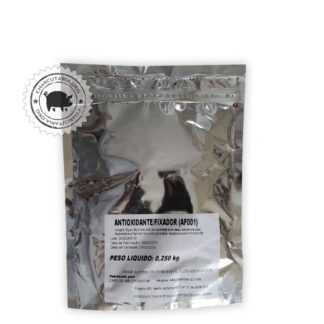 Fixative AntioxidantR$ 23,00
Fixative AntioxidantR$ 23,00 -
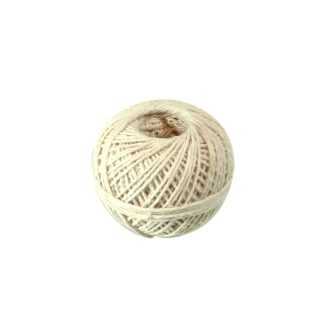 Culinary twineR$ 7,90
Culinary twineR$ 7,90 -
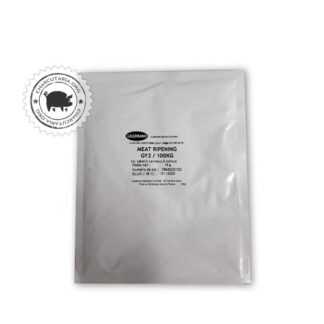 Starter CultureR$ 69,90
Starter CultureR$ 69,90 -
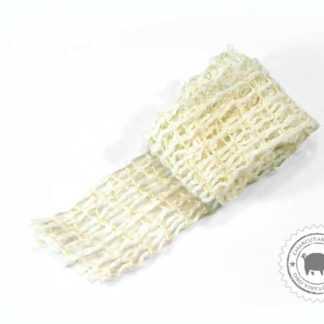 Culinary elastic net 50mmR$ 15,00
Culinary elastic net 50mmR$ 15,00 -
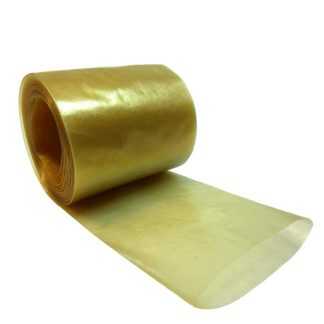 Collagen casing 45mm roll 5 meters salamiR$ 25,00
Collagen casing 45mm roll 5 meters salamiR$ 25,00 -
 Culinary elastic net 65mmR$ 18,00
Culinary elastic net 65mmR$ 18,00 -
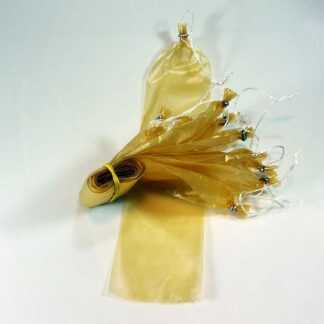 Salami collagen casing 45mm 10 units tiedR$ 22,00
Salami collagen casing 45mm 10 units tiedR$ 22,00 -
 Collagen casing 80mm cup and salamiR$ 29,90
Collagen casing 80mm cup and salamiR$ 29,90 -
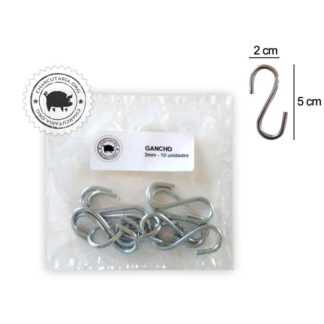 Galvanized HookR$ 12,00
Galvanized HookR$ 12,00 -
 Salami collagen casing 50mm 10 units tiedR$ 24,00
Salami collagen casing 50mm 10 units tiedR$ 24,00

